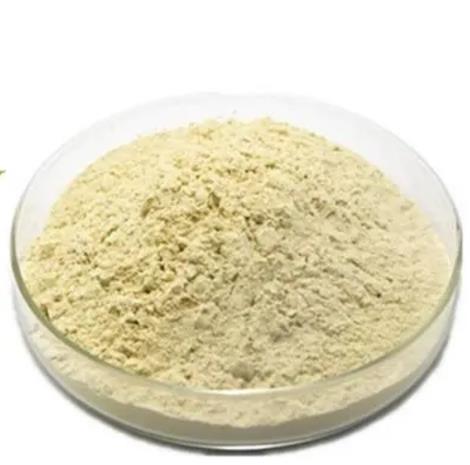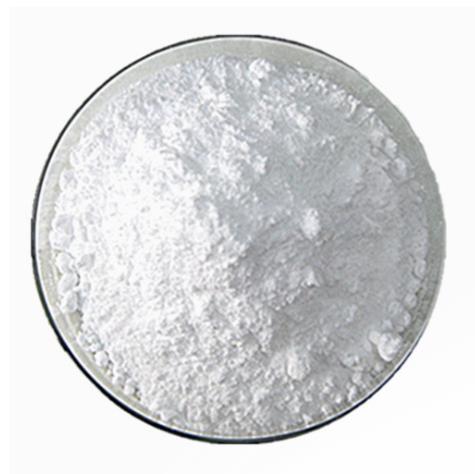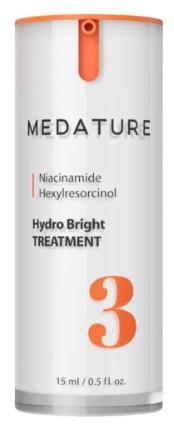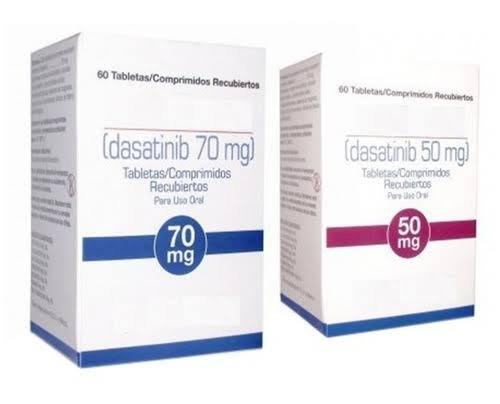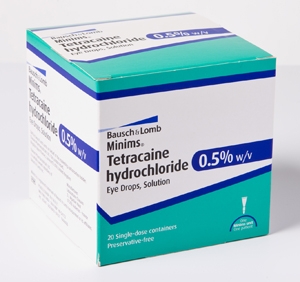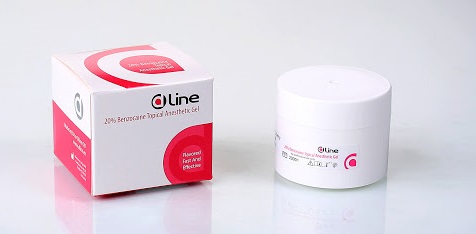Antineoplastic agents
More
Less
Antineoplastic is a class of medicine to restrain or kill tumor cells in the body. It plays an important role in comprehensive cancer treatment, particularly for disseminated tumor and leukemia that cannot be treated with surgery. Most current antineoplastics work by inhibiting DNA or RNA synthesis, or even damaging the structure of DNA. Antineoplastics can be divided into CCNSA (Cell cycle nonspecific drug) and CCSA (Cell Cycle Specific agents) according to their different effect on tumor cells in different stages of generation cycles. Both of them have a killing effect on bone marrow hematopoietic stem cells and other cells with a short growth cycle, as well as an inhibiting effect on the body's immune response.
Antineoplastic has a wide variety of drugs, which can be divided into following categories:
alkylating agents, such as cyclophosphamide, Glyciphosphoramide, thiotepa, etc.;
antimetabolites, such as methotrexate, mercaptopurine, fluorouracil, hydroxyurea, etc.;
antibiotics, such as dactinomycin, mitomycin C, bleomycin, etc.;
hormones, such as prednisone, testosterone propionate, diethylstilbestrol, etc.;
some botanical drugs, such as Vinblastine, camptothecin, colchicine, etc.;
and other classes, such as procarbazine, propylene imine, Yishuangmalin, etc.
With their enormous diversity and different mechanisms, antineoplastics must be carefully selected for clinical application.

